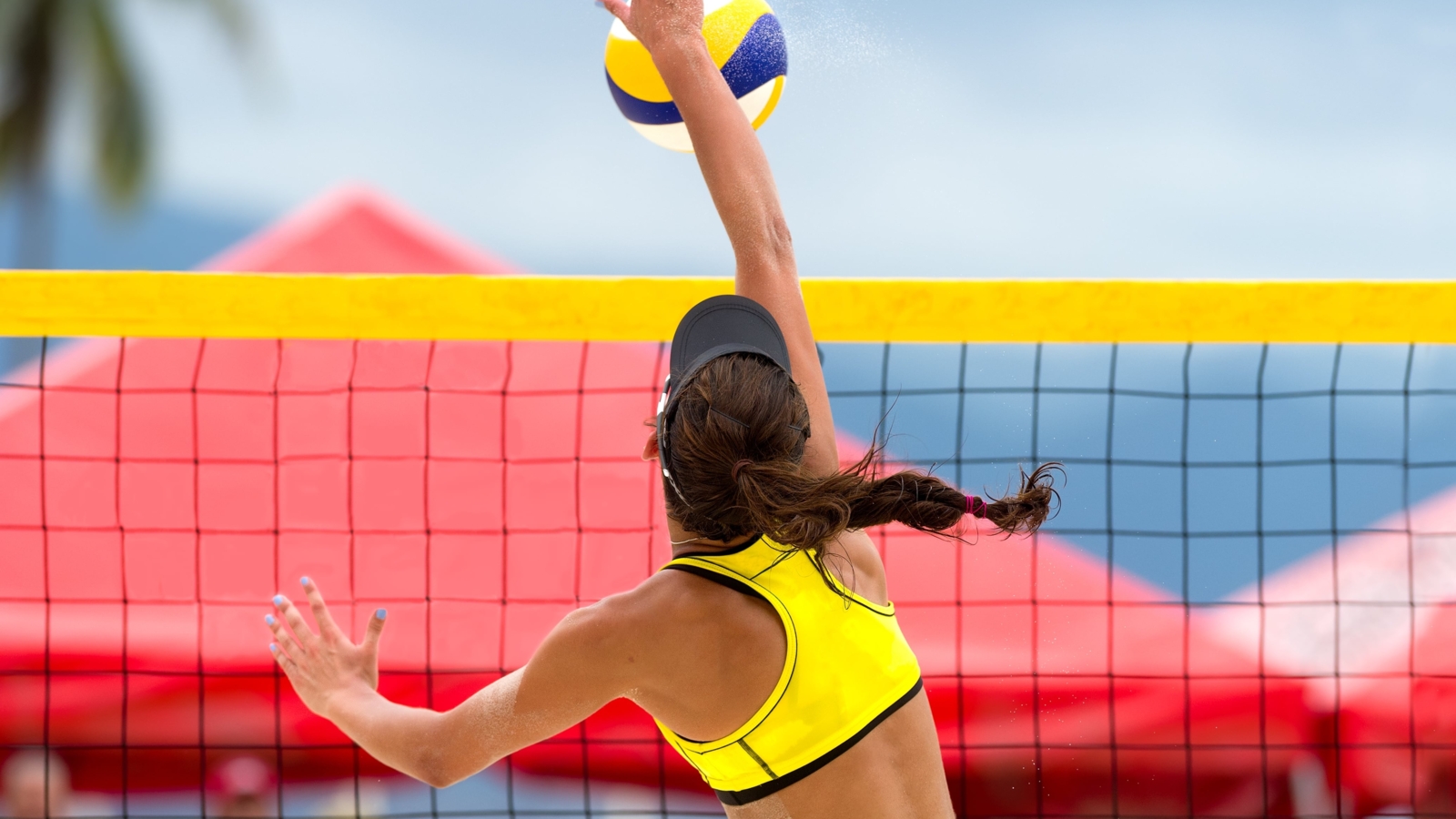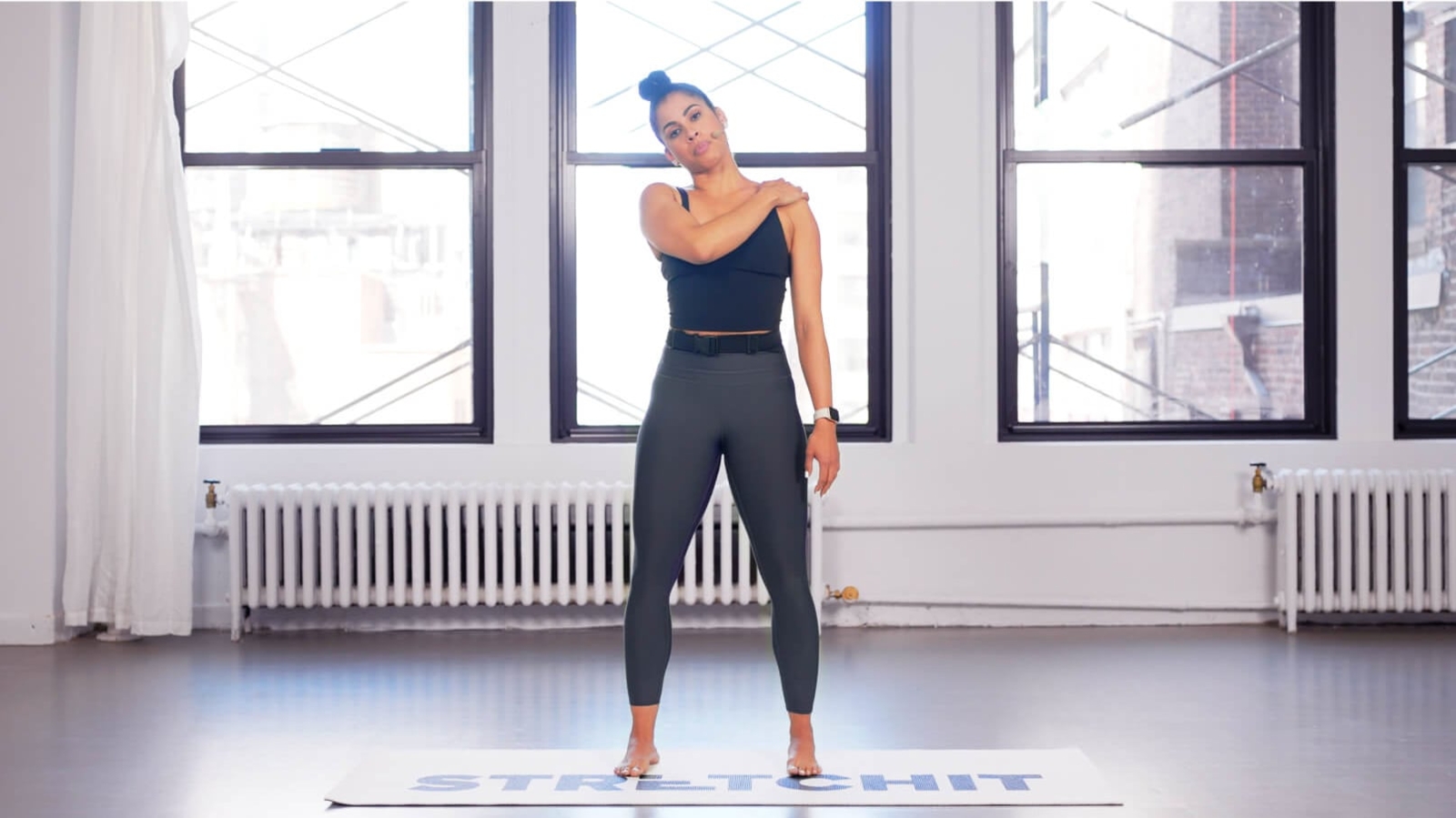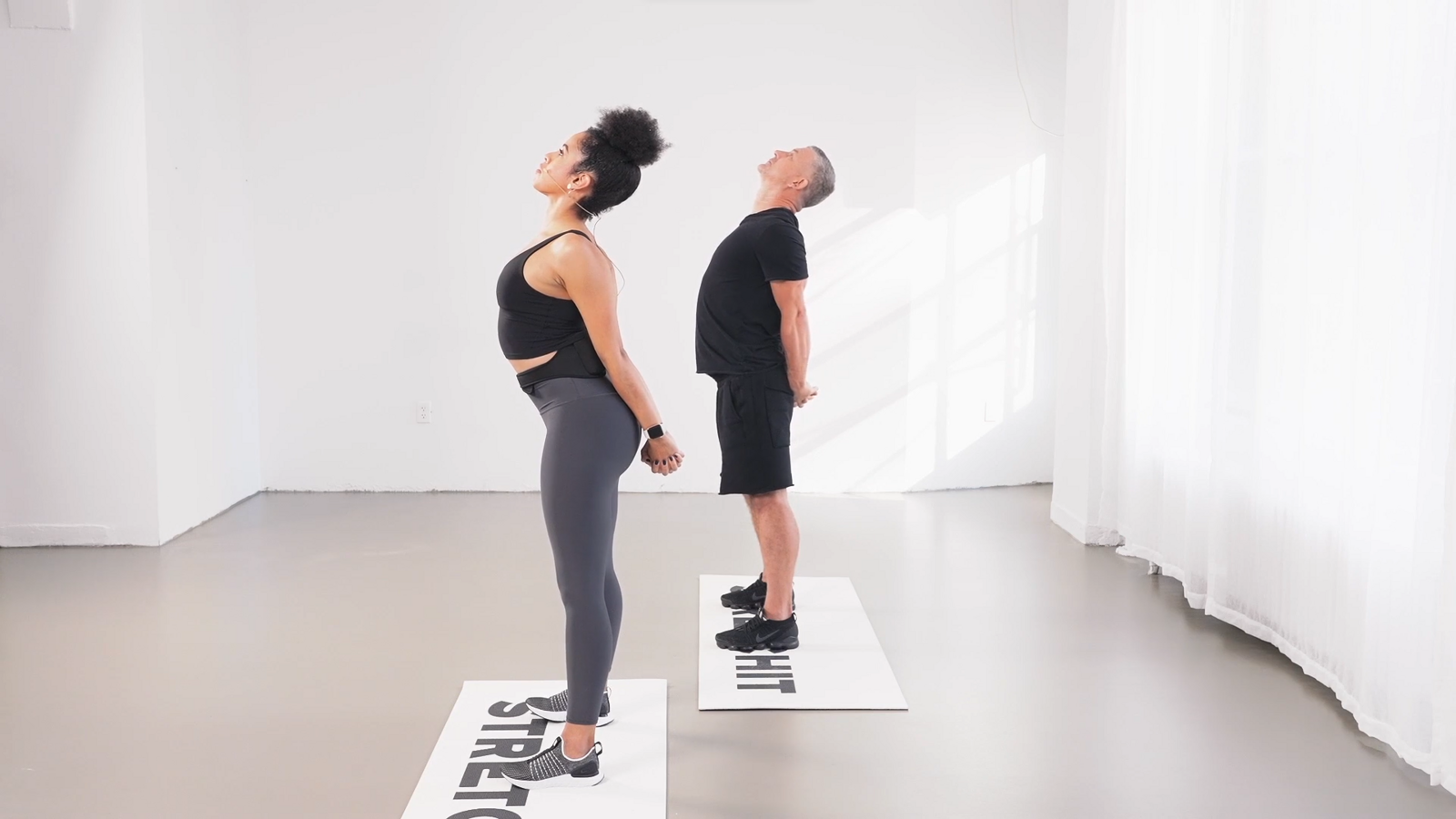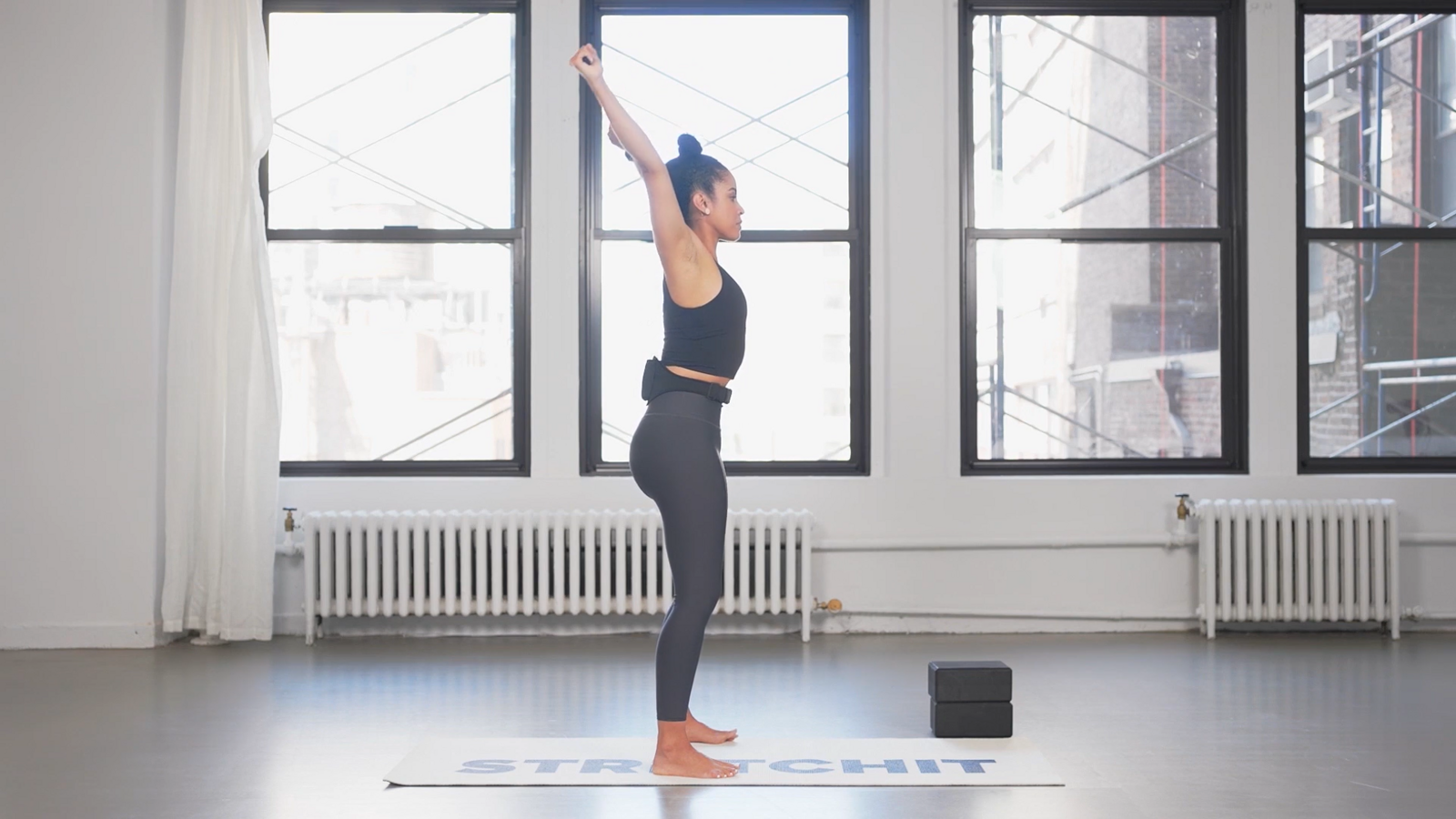Terms and Conditions of Service

Stretching isn’t just about achieving the splits or deep backbends — it’s about maintaining healthy, functional joints. In fact, mobility (the ability to move your joints freely and with control) is one of the most important components of athletic performance. Research shows that good joint mobility supports strength development, coordination, and injury prevention. Limited range of motion, on the other hand, can cause muscles to overcompensate, leading to strain and poor movement patterns.
For volleyball players, maintaining mobility in the shoulders, wrists, and spine is essential. These joints handle repetitive overhead movements, quick changes of direction, and sudden force absorption. Stretching regularly keeps your muscles supple, your joints stable, and your entire body ready for action — both on and off the court.
Volleyball is a fast-paced, explosive sport that demands agility, power, and precision. Every serve, spike, and block requires strong and mobile shoulders, flexible wrists, and a stable spine. But repetitive overhead movements can easily cause tightness and strain if you don’t take time to maintain your mobility. Stretching and mobility go hand in hand — flexibility creates space in your muscles, while mobility teaches your joints to move through that range with control and strength. Practicing both regularly helps you stay strong, prevent injury, and move more freely on the court.
Stretching improves blood flow, enhances coordination, and helps muscles recover faster after intense play. Whether you play competitively or just for fun, mobility work can make a noticeable difference in your power, reach, and reaction time.
Why Volleyball Players Need to Stretch
Volleyball challenges the upper body in unique ways. Each jump, swing, and dig depends on fluid movement through your shoulders, wrists, and spine. Without balance between strength and flexibility, your performance — and your joints — can suffer.
The most common areas volleyball players should focus on are:
-
Shoulders – to generate power in serves and spikes.
-
Wrists and forearms – to absorb impact and stabilize passes.
-
Back and spine – for posture, rotation, and control.
-
Hips and legs – for explosive jumps and smooth landings.
When these areas are flexible and strong, you’ll move more efficiently, maintain better form, and reduce the risk of overuse injuries like shoulder impingement or wrist strain.
Best Stretches for Volleyball Players
This short sequence moves from light mobility work to deeper shoulder and spine stretches. It’s perfect for warming up before practice or cooling down after a match.

1. Neck and Shoulder Release
-
Sit or stand comfortably and gently roll your shoulders back and down.
-
Drop one ear toward the shoulder, keeping both shoulders relaxed.
-
Breathe deeply for 15–20 seconds per side.
This gentle opener relieves tension in the upper traps and sets the tone for shoulder mobility work.
2. Wrist Stretch (Palm Press)
-
Extend one arm forward with the palm facing up.
-
Use your other hand to gently pull the fingers downward.
-
Hold for 15–20 seconds, then switch sides.
Helps prepare your wrists and forearms for passing and setting by improving joint flexibility.

3. Wrist and Forearm Mobility Circles
-
Slowly rotate your wrists through their full range of motion in both directions.
-
Keep the motion smooth and controlled.
Activates stabilizing muscles that protect your wrists during blocking and hitting.
4. Chest and Front Shoulder Stretch (Behind-the-Back Clasp)
-
Interlace your fingers behind your back, straighten your arms, and gently lift your hands away from your body.
-
Keep your shoulders drawn back and your chest open.
-
Hold for 20–30 seconds.
Improves posture and opens the chest after repetitive forward arm movements on the court.

5. Triceps and Upper Back Stretch (Overhead Reach)
-
Lift one arm overhead, bend the elbow, and gently guide it with your opposite hand.
-
Keep your ribs in and your chest tall.
-
Hold for 20–30 seconds per side.
Deepens flexibility through the shoulders and upper back, enhancing control in overhead hits and serves.
6. Shoulder Stretch (Overhead Strap Stretch)
-
Hold a strap or towel slightly wider than shoulder-width.
-
Raise your arms overhead and gently guide them back until you feel a stretch in your shoulders and chest.
-
Keep your ribs closed and your core engaged.
This progression with a strap increases range of motion safely and builds coordination for powerful spikes.

How to Incorporate Stretching Into Your Volleyball Training
-
Warm up dynamically before playing. Arm circles, shoulder rotations, and light lunges prepare the joints for explosive action.
-
Stretch statically after games or workouts. Focus on the shoulders, wrists, and spine to release tightness and promote recovery.
-
Add mobility sessions 2–3 times per week. Consistency builds long-term strength and flexibility, improving performance and reducing soreness.
Classes That Can Help
Our Back and Shoulders package is an excellent choice for volleyball players. It targets shoulder mobility, spinal flexibility, and posture — all essential for better control and reach. For targeted upper-body work, explore Shoulder Express and Wrist Express. And when you need to unwind after training, try our Faster Recovery program — it’s designed to help your body recover efficiently and stay ready for the next match.
We offer a variety of classes with and without props, and in different lengths — so you can always find the right option for your schedule, whether you’re squeezing in a 10-minute recovery or committing to a full mobility session.
Ready to improve your reach and protect your shoulders? Explore guided shoulder and wrist routines in the STRETCHIT app and feel the difference on the court!
